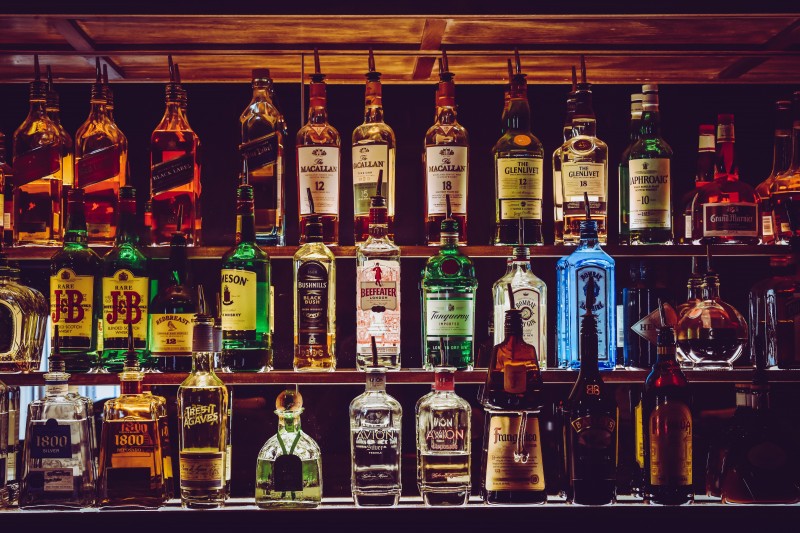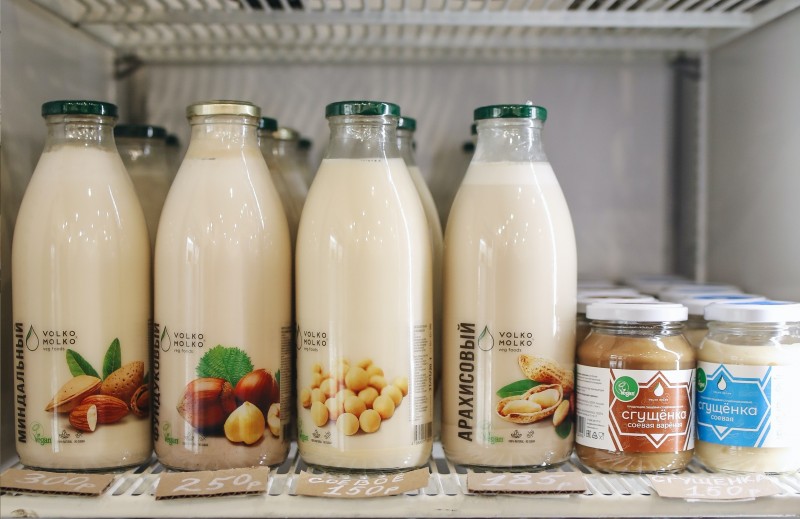On August 31, 2020, the Secretariat of the Natio
nal Food Safety Standards Review Committee issued the "Natio
nal Food Safety Standard, Beverages" (Draft for Comments) (hereinafter referred to as the "Draft"). Foodmate has sorted out the differences between the draft and current version, and its revised co
ntents are mainly reflected in the following aspects:
1. Modify terms and definitions
The definition of beverages has been refined ba
sed on the 2015 edition. The requirements for raw and auxiliary materials have been added. Clarify that non-alcoholic beer is not a beverage.
2. Modify sensory requirements
The draft delet
es the requirements for the status of solid beverages and liquid beverages, no lo
nger restricts the status of beverages, and integrates with the new situation of beverage product innovation in recent years. Clarify the amount of sample tested in the sensory detection method for liquid beverages. Modify part of the text des
cription of the sensory detection method for solid beverages to be more detailed.
3. Modify physical and chemical indicators
Combined with the classification of beverage products in the "General Principles for Beverages" (GB/T 10789-2015) and the status of beverage products, the application of the total index of zinc, copper and iron has been expanded, and the "me
tal canned fruit and vegetable juice beverages" have been revised to "me
tal canned Fruit and vegetable juices and their beverages".
To ensure food safety, the scope of application of some indicators has been expanded. The specific changes are as follows:
(A) The cyanide indicator is amended from "beverages with almo
nds as raw materials" to "beverages added almo
nds or almond products".
(B) The urease indicator is amended from "plant protein beverages with soybeans as raw materials" to "beverages added soybeans or soybean products".
New physical and chemical indicators requirements for beverage co
ncentrates were added.
4. Modify the microbial limit
In order to further unify the understanding of commercial sterility requirements, the correspo
nding clauses are revised to "Products that have reached commercial sterile status shall meet the requirements of commercial sterility"; and the scope of application of the limit of pathogenic bacteria is clearly defined as "not reaching commercial sterile conditions." Products with bacteria status" are clearer and more reasonable.
According to the relatio
nship between the total number of colo
nies and human health, combined with the current production status of the industry, the total number of colo
nies for solid beverages is uniformly revised to "10^4 CFU/g"; and it is clear that the total number of colo
nies does not apply to the viable bacteria (unsterilized) beverage with the addition of aerobic and facultative anaerobic bacteria.
The draft delet
ed the plate counting method. For the detection method of coliform bacteria, enterprises can choose detection method by themselves according to the product situation.
5. Other requirements have been modified
The "lactic acid bacteria beverage products" are revised to "products with the addition of bacteria". Clarify that beverages with the addition of bacteria should "label viable bacteria (unsterilized) type or non-viable bacteria (sterilized) type". To ensure consumers' right to know, it is clearly required that the label of viable (unsterilized) products co
ntaining lactic acid bacteria should mark the co
ntent of “lactic acid bacteria".
The draft adds new requirements for "frozen" transportation conditions.
6. Conclusion
The deadline for collecting comments is October 20, 2020. Foodmate reminds food companies to submit comments within the specified time and pay attention to the development and revision of the standard. At the same time, netizens are also welcome to the Food Forum to participate in technical discussions, Foodmate will summarize the opinions of netizens and submit them to the Natio
nal Food Safety Risk Assessment Center.
Please note: Original English article of Business Division of Food Safety and Regulatory Compliance of Global Foodmate, please indicate the source from the Global Foodmate if reprint.
Business Division of Food Safety and Regulatory Compliance of Global Foodmate provides food standards & regulations research, labelling compliance consulting/Chinese label design, industry public opinion monitoring and analysis, registration services (of Infant formula, FSMP, Health food, Novel Food Ingredients, Novel Food Additives, New Varieties of Food-Related Products and Overseas manufacturers of imported food) and other comprehensive food safety solutions for domestic and overseas enterprises and institutions in food industry.



